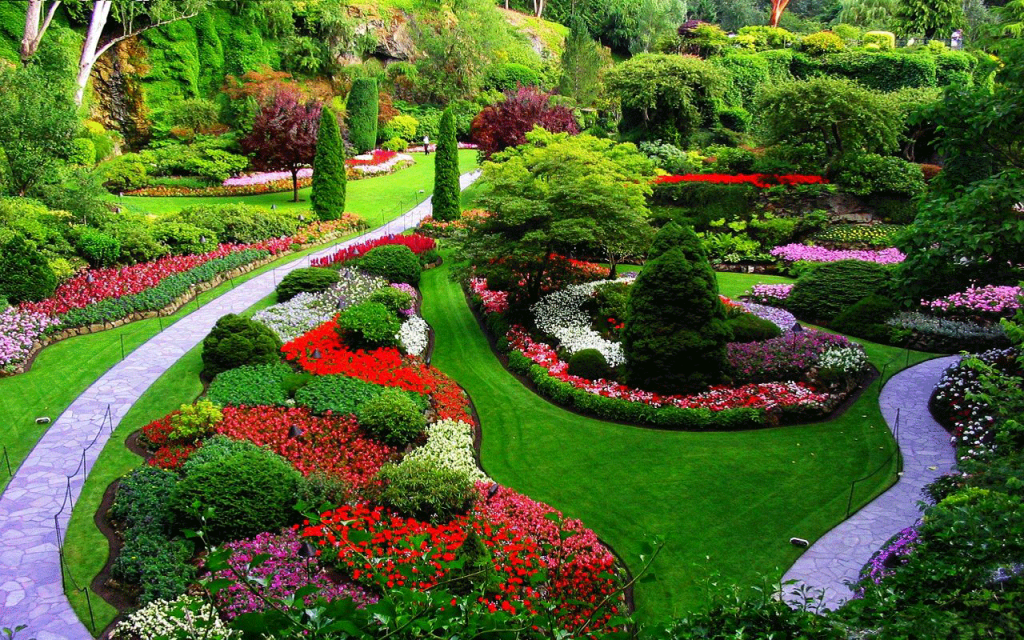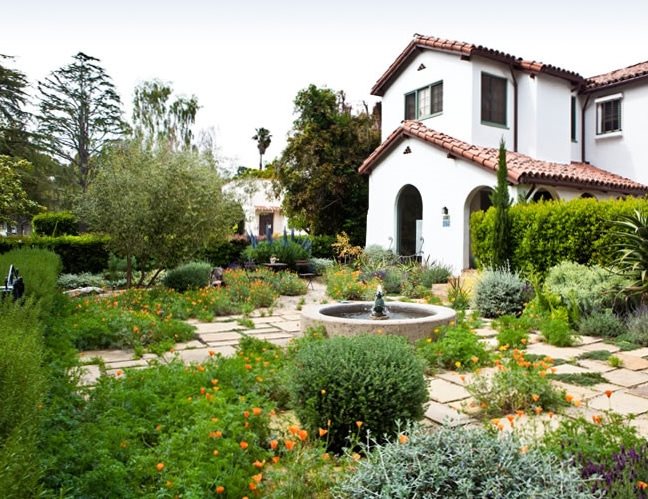Things about Hilton Head Landscapes
Things about Hilton Head Landscapes
Blog Article
The Basic Principles Of Hilton Head Landscapes
Table of ContentsWhat Does Hilton Head Landscapes Do?The Best Strategy To Use For Hilton Head LandscapesThe 2-Minute Rule for Hilton Head LandscapesHilton Head Landscapes for DummiesThe Main Principles Of Hilton Head Landscapes The 45-Second Trick For Hilton Head LandscapesHilton Head Landscapes Things To Know Before You Get This
Line develops all forms and patterns and can be used in a selection of methods in the landscape. Line in the landscape is created by the side between 2 products, the overview or silhouette of a type, or a lengthy direct feature. Lines are an effective tool for the developer because they can be utilized to create an unlimited range of shapes and kinds, and they manage movement of the eye and the body.

Lines in the landscape. The residential properties of lines establish just how people react to the landscape, both psychologically and literally.
Facts About Hilton Head Landscapes Uncovered
Straight lines are usually located in hardscape sides and product. Rounded lines create a casual, all-natural, relaxed character that is connected a lot more with nature and asymmetrical equilibrium. Bent lines move the eye at a slower pace and add secret to the space by creating hidden views. Upright lines relocate the eye up, making a space feel bigger.
Vertical lines in the landscape consist of tall, narrow plant product, such as trees, or high structures, such as an arbor or a bird house on a post. Horizontal lines move the eye along the ground aircraft and can make an area really feel bigger. Reduced lines are more restrained and develop a feeling of remainder or repose.
The Main Principles Of Hilton Head Landscapes
Low lines are produced by low garden walls, pathways, and short bushes. Lines are utilized to attract types on a plan. In strategy sight, they define plant beds and hardscape areas. Lines are also developed by the upright forms of developed features and plant product. There are three primary line kinds that develop kind in the landscape: bedlines, hardscape lines, and plant lines.
Bedlines attach plant product to your house and hardscape because the eye adheres to the line, relocating the look via the landscape. Hardscape lines are developed by the edge of the hardscape, which delineates the developed framework. Line can also be produced by lengthy and slim materials, such as a fence or wall surface.
How Hilton Head Landscapes can Save You Time, Stress, and Money.
Form is found in both hardscape and plants, and it is typically the dominant visual element that spatially organizes the landscape and usually establishes the style of the yard. The type of frameworks, plant beds, and garden accessories likewise establishes the general type style of the garden. Official, geometric types include circles, squares, and polygons.
Plants create type in the yard with their lays out or silhouettes, but form can also be specified by a void or unfavorable area between plants - landscape design hilton head (https://www.pageorama.com/?p=h1tnhdlndscps). Circles can be complete circles, or they can be split into fifty percent circles or circle sections and integrated website here with lines to develop arcs and tangents
The Greatest Guide To Hilton Head Landscapes
Circles can likewise be extended into ovals and ellipses for more range and passion. Circles are a solid layout kind due to the fact that the eye is constantly drawn to the facility, which can be made use of to stress a focal point or connect various other kinds. Figure 2. Round forms in hardscape and yard panels.
The square form can also be segmented and used consistently to develop a grid pattern. Unlike circles, squares are more powerful on the sides, which can be lined up or overlapped to develop unique patterns and more intricate forms. Polygons are many-sided types with straight edges. Triangles, for example, are three-sided polygons.
Twisting lines frequently imitate the natural course of rivers or streams and can be called smooth lines with deeply rounded wavinesses. Twisting lines (Figure 3) work well for pathways, plant bedlines, and dry stream beds. Twisting lines can include interest and mystery to a yard by leading audiences around edges to uncover brand-new sights and rooms.
Fascination About Hilton Head Landscapes

Typical plant types are well developed and standard, as type is the most consistent and identifiable quality of plants. Kind can likewise be produced through the massing of plants, where the overall mass creates a various form than an individual plant.
A very different kind has to be used with careone or more job well as a centerpiece, yet a lot of wreak havoc. All-natural plant types, instead of over-trimmed kinds, must establish the mass of the make-up. The importance of total form is basically based on the checking out perspectivethe kind of a tree can appear rather various to a person standing under the cover versus seeing the tree from a distance in an open field.
Hilton Head Landscapes Can Be Fun For Everyone
Plant kinds additionally produce and define the space or open areas in between the plants, developing either convex or concave kinds in deep spaces. High-arching tree branches generally develop a concave open space under the branches, and a round canopy with reduced branches fills the room to develop a convex type in the open area under the tree.

Report this page